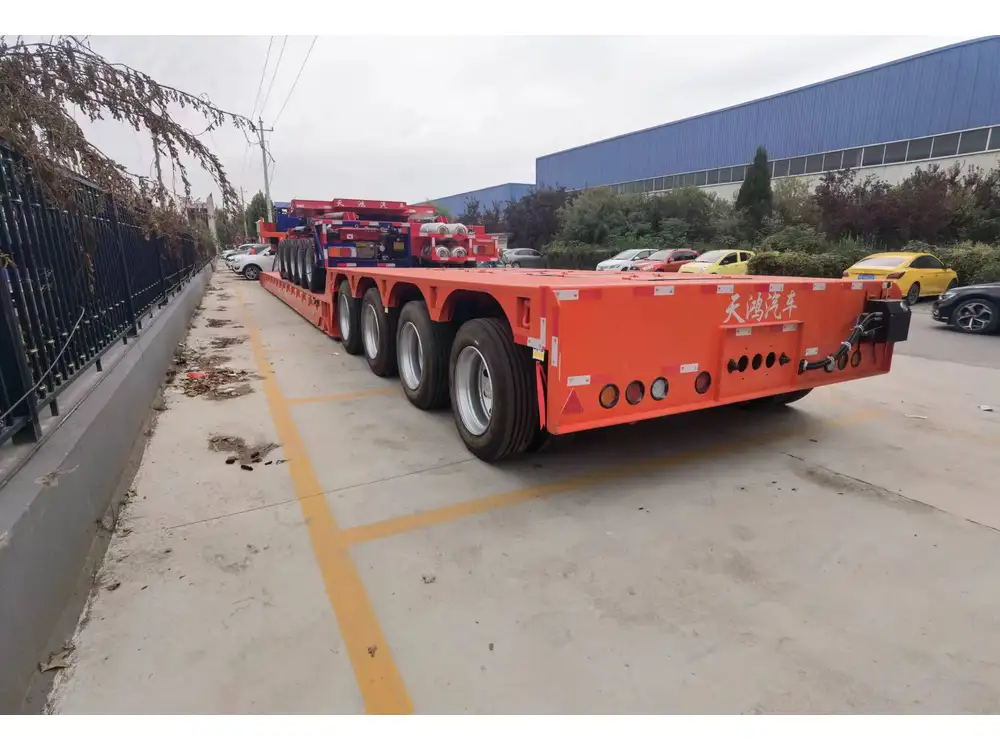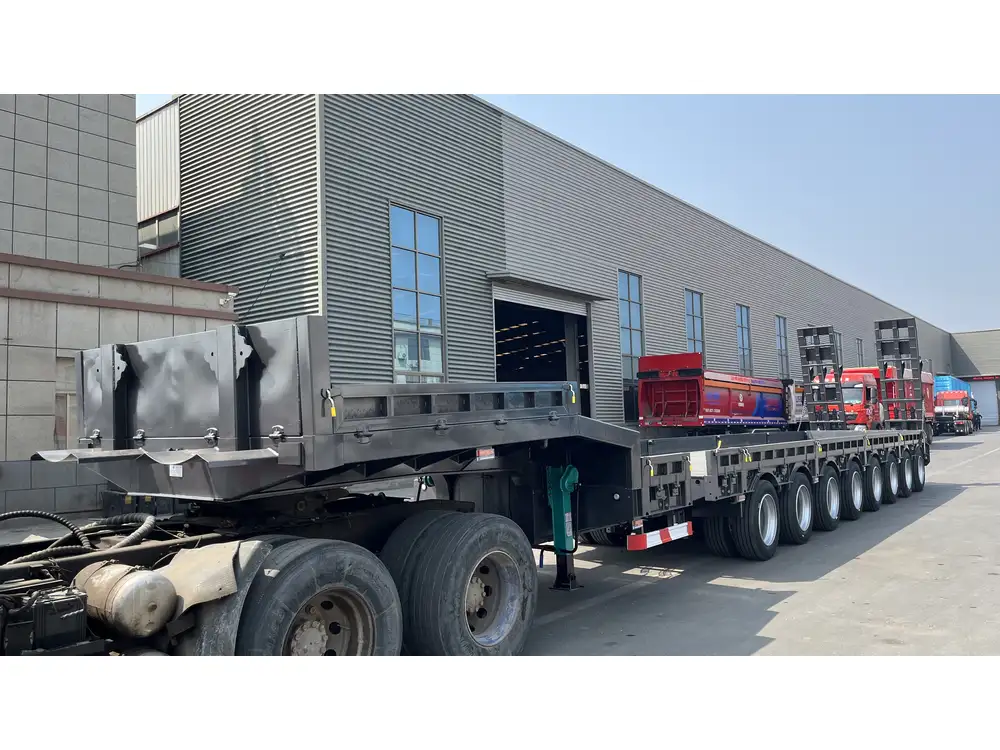Traveling in a travel trailer provides the freedom of mobility and the comfort of home. However, one aspect that every travel trailer owner must manage is the effective dumping of waste. The process may seem straightforward, but it requires knowledge and technique to ensure safety, compliance with regulations, and environmental considerations. In this article, we will delve deep into the ins and outs of dumping waste from a travel trailer, providing you with detailed insights and practical advice.
Understanding Waste in Travel Trailers
Understanding the types of waste produced in your travel trailer is critical for proper disposal. Generally, waste can be categorized into three types:
Black Water: This is the human waste collected from the toilet. It requires careful handling due to its potential health hazards and environmental impact.
Gray Water: This includes wastewater from sinks, showers, and washing dishes. While it is generally less hazardous, it still requires proper disposal.
Solid Waste: Trash, food scraps, and other solid refuse generated during your travels must also be managed appropriately.
The Importance of Proper Waste Disposal
Improper disposal of waste can lead to environmental pollution, health risks, and violations of local regulations. By adhering to guidelines for waste management, you contribute to the preservation of the environment and ensure your enjoyment of travel without legal repercussions.

Preparing to Dump Waste
Before you embark on the waste dumping process, ensure that you have the necessary tools and understanding of protocols. Preparing adequately can save time and minimize complications.
Essential Tools and Materials
Prepare a waste dumping kit, which may include:
| Item | Purpose |
|---|---|
| Sewer Hose | Connects your trailer to the dump station. |
| Waste Valve Cap | Keeps the outlet sealed when not in use. |
| Gloves | Protect hands from waste and contaminants. |
| Sanitizing Wipes | For cleaning hands afterward. |
| Water Hose | Rinses out the sewer hose post-dump. |
| Tank Treatment Chemicals | Keeps tanks clean and reduces odors. |
| Bucket or Container | For holding solid waste or trash. |
Confirm the Dump Station Location
Locate the nearest dump station. Many campgrounds, RV parks, and travel centers provide dumping facilities. Use mobile apps or websites that specialize in RV travel to find stations nearby. Make sure to check their availability and understand the local rules regarding waste disposal.

Step-by-Step Guide to Dumping Waste
Now, let’s outline the step-by-step procedure for dumping waste from your travel trailer systematically. Each step is crucial for a smooth and hygienic waste disposal process.
Step 1: Prepare the Trailer
Park Properly: Position the trailer next to the dump station. Ensure it is aligned for easy access to the sewer connection.
Turn Off All Systems: Ensure that any pumps are turned off to prevent any malfunctions during the dumping process.
Wear Protective Gear: Put on gloves to protect your hands.
Step 2: Locate the Dump Valve
Identify the Waste Tank Connections: There should be a designated connection point or outlet for both the black and gray water tanks.
Open the Black Water Valve First: This valve is usually colored differently (often black) for easy identification.

Step 3: Connect the Sewer Hose
Attach the Sewer Hose: Securely connect one end of the sewer hose to your travel trailer’s waste outlet and the other end to the dump station’s inlet.
Ensure a Tight Seal: This prevents leaks and minimizes the risk of spills.
Step 4: Dump the Black Water Tank
Open the Valve Gently: Slowly pull the black water valve to let the waste flow out. This process may take several minutes, depending on the tank’s capacity.
Monitor the Flow: Keep an eye on the outlet to ensure smooth drainage without blockage.
Step 5: Rinse and Clean
Close the Black Tank Valve: Once empty, close the valve securely.
Rinse the Tank (Optional): If available, use a built-in tank flush or a rinse wand to clean the interior of the tank. This reduces odors and buildup.

Step 6: Dump the Gray Water Tank
Open the Gray Water Valve: This should be done only after the black water tank is fully drained. The gray water helps to flush the sewer hose, ensuring it is clean.
Dump Until Empty: Allow the gray water to flow out completely.
Step 7: Remove the Sewer Hose
Disconnect Safely: After confirming that both tanks are empty, carefully detach the sewer hose from the dump station while keeping it upright to prevent spills.
Seal the Hose: Replace the cap on the sewer outlet of your travel trailer.
Step 8: Clean the Hose and Area
Rinse the Hose: Use a clean water source to rinse the interior of the sewer hose. This helps to eliminate residual waste and odors.
Sanitize: Use sanitizing wipes to clean any equipment used during the process.
Pack Up: Store the hose in a designated compartment to contain any residual waste odor.

Maintenance and Best Practices
Regular Tank Monitoring
Keep an eye on your waste tank levels at all times. Many modern travel trailers come equipped with sensors that indicate the tank’s fullness. Monitoring your tanks ensures that you do not overfill and prevents emergencies during your travels.
Treatment and Odor Control
Using tank treatment products is vital to control odors and maintain cleanliness in the tanks. These products break down waste and add a fresh scent. Follow the manufacturer’s instructions strictly.

Best Practices for Waste Disposal
Dump Regularly: Don’t wait until the tanks are completely full; regular dumping can maintain system integrity.
Avoid Flushing Non-Biodegradable Items: Items such as wipes, feminine products, and diapers should not be disposed of in the black water tank.
Participate in Environmental Responsibility: Dispose of your waste according to local environmental regulations to protect the areas you visit.
Utilize Dump Stations Effectively: Respect the facilities provided at dump stations. Clean up after yourself and report any issues with the facilities.
Common Mistakes to Avoid
Learning from the experiences of seasoned travel trailer owners can spare you from making common mistakes. Here’s a list of pitfalls to avoid:
Not Dumping Often Enough: Avoid waiting until your tanks are full to dump. Regularly emptying helps maintain tank health.
Ignoring Tank Treatment: Failing to use treatments can lead to unpleasant odors and buildup.
Forgetting to Rinse: Always rinse your hoses and tanks after dumping to avoid lingering waste.
Using Incorrect Equipment: Ensure you’re using hoses and connectors specifically designed for waste disposal.
Overlooking Local Regulations: Unauthorized disposal of waste can result in hefty fines and damage to your reputation as a traveler.
Conclusion
Successfully dumping waste from your travel trailer involves preparation, diligence, and adherence to best practices. By following the structured guide provided, you can navigate the waste disposal process with confidence and ease. Prioritizing proper waste management not only protects your health and the environment but also enhances your travel experience.
Whether you are a seasoned RV traveler or new to the world of travel trailers, this detailed guide equips you with the knowledge needed to manage waste effectively. Happy travels and enjoy the open road!



